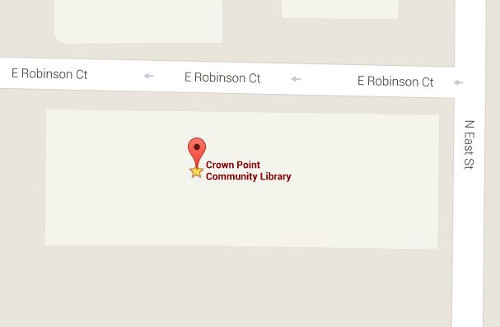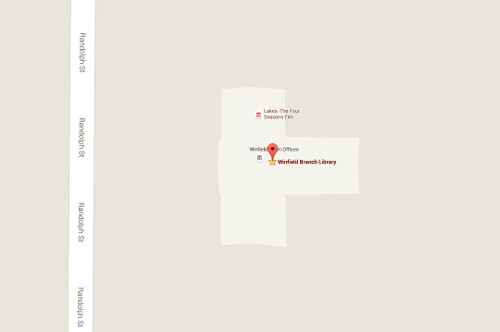So Much to See: Postcards Show Us the World
2019 marks the 150th anniversary of the postcard. What started as a quicker, cheaper alternative to letters, has turned into a collector’s and tourist’s passion. Once a way of corresponding, it is now a way of remembering a vacation spot, a historic place or building, or even a reflection on years past of a favorite town or event.
The first postcard was created in Austria in 1869. It was called “Corresondez – Katre.” The following year, the United Kingdom’s Royal Mail introduced its postcard with an image of Queen Victoria as its stamp. Throughout the 1870s, more countries began to issue postcards with stamps, including France, Canada, Russia, Germany, Chile, and Japan, to name a few.
In 1893, the United States allowed postcard mailings, first by government issued, plain cards with pre-printed 1₵ stamps. In 1898, they allowed private printer postcards with a photo or image on one side and the other side was to remain blank (only the publisher information could be printed in small type along the bottom of the card). Only the address could be written on the blank side, all correspondence had to be written on the photo/design side. Two years later, in 1901, private citizens were allowed to take photographs and print them as postcards. This was the era of undivided backs.
The “Golden Age of Postcards” is considered the time period of 1907-1915, with the introduction of the vertical line divided back of the postcard in 1907. This allowed senders to write everything on the blank side, with address to the right and message to the left of the vertical line. Most were produced with a white border around the picture at this time, but some were printed as “bleeds,” where the image extended to the edge of the card. They were mostly a heavier paper until the introduction of production included cotton, wood pulp, and linen to create a textured card, called “linens.” It wasn’t until the mid-1940s that shiny images or photochrome cards (called chromes to collectors) were introduced and grew in popularity. The “disaster postcard” grew in popularity in the 1920s and 1930s. Starting in the 1920s through the 1940s, postcards were often issued as de facto advertisements for motels, restaurants, and other businesses for travelers. Mid-century, the variation in sizes required some regulation by the postal service. It was determined that the largest postcard size allowed to use just 1 standard postcard stamp would need to be 4×6, many older postcards were 3.5×5. If the postcard was larger in size, or had 3D effects, additional postage was required.
The act/art of collecting postcards is called deltiology. It ranks third behind coin and stamp collecting worldwide. Deltiologists collect for various reasons – many specialize in type, region, historical era, or by artist, publisher, symbolism, or even the message on the back. Often publishers did not allow artists to sign their work, so collectors analyze the style in order to determine the creator. Although a good gauge for dating a postcard, the postmark cannot always be considered reliable since the card may have been produced years prior to being mailed. The first collectors clubs were formed post-World War II, with the first recognized organization being the Metropolitan Post Card Collectors Club in New York City, which formed in 1946. National Postcard Week is the first full week in May and was first declared as such in 1984, by both the United States and the United Kingdom.
Local photographers would take pictures and publish as postcards what tourists would be interested in “taking home as a souvenir” if they could. In Indiana, such postcards would include images of lakes and resorts, street scenes, landmarks, and finer homes and roadways.


